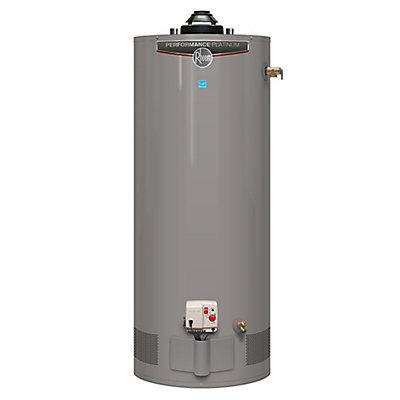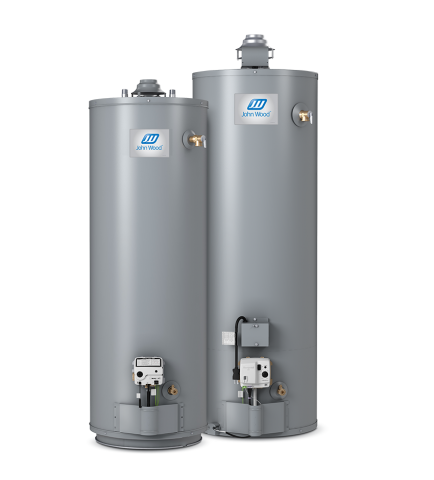Water Tank Heater
Water heating is a heat-transfer process that uses an energy source to heat water above its initial temperature.




Tank Heaters Extra Data
- Operates at around 80-85% efficiency
- Uses gas burner at the bottom of to heat water in the tank and a motor vents the exhaust through a white PVC pipe out the side of the house, just like a high-efficiency furnace does.
- Most common water heaters installed in newer homes.
- High-Efficiency water heaters that are energy star rated! best water heaters out of the actual holding tank models
- Also known as atmospheric vent
- Operates at around 60-70% efficiency
- Uses a gas burner at the bottom to heat water in the tank and vent through a liner out the chimney.
- Usually installed in older homes or homes that have an exterior wall for venting.
- Old technology and not energy star rated.
Water heating is a heat transfer process that uses an energy source to heat water above its initial temperature. Typical domestic uses of hot water include cooking, cleaning, bathing, and space heating. In industry, hot water and water heated to steam have many uses.
Appliances that provide a continual supply of hot water are called water heaters, hot water heaters, hot water tanks, boilers and tankless hot water heaters. In domestic installations, potable water heated for uses other than space heating is also called domestic hot water (DHW).
In household and commercial usage, water heaters are the tank type, also called storage water heaters. These consist of a cylindrical vessel or container that keep water continuously hot and ready to use.
Typical sizes for household use range from 75 to 400 liters (20 to 100 US gallons). These may use electricity, natural gas, propane, heating oil, solar, or other energy sources. Natural gas heaters are most popular in the US and most European countries since the gas is often conveniently piped throughout cities and towns and is currently the cheapest to use.
In the United States, natural gas water heaters for households without unusual typically need are 40 or 50 US gallons with a burner rated at 34,000 to 40,000 BTU/hour. Some models offer “High Efficiency and Ultra Low NOx” emissions.
CCHS Programs
Get energy-efficiency without financial worry. Learn about the benefits of leasing vs buying your HVAC equipment by watching our short video.
Lease vs Buy Comparison
Leasing
Buying
A pre-inspection may be required to ensure the new unit will fit your home perfectly and meet your needs.
$0 installation and $0 upfront cost for the equipment.
Should a part not be repairable, we’ll replace it at no additional cost to you.
We’ll cover all labour costs for technician visits, should a repair be needed on our equipment.
Need some help after regular business hours? Call our service line and get the support you need.
We provide fast, efficient, around-the-clock emergency support to our customers across the country.
Equipment ownership is transferrable if you decide to sell your home.
